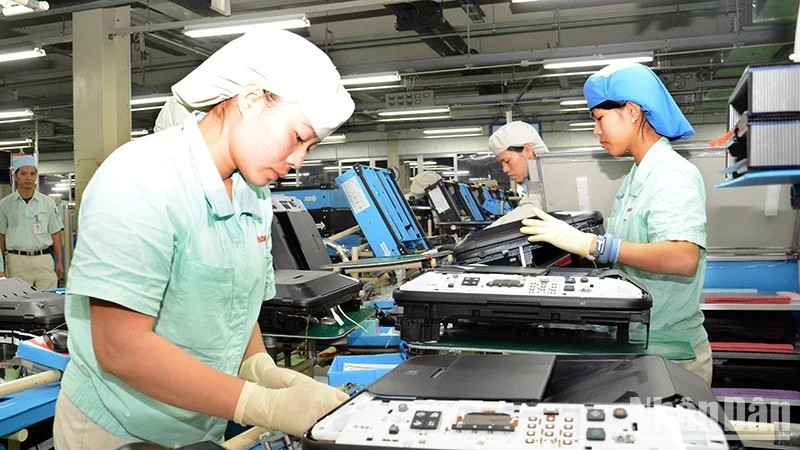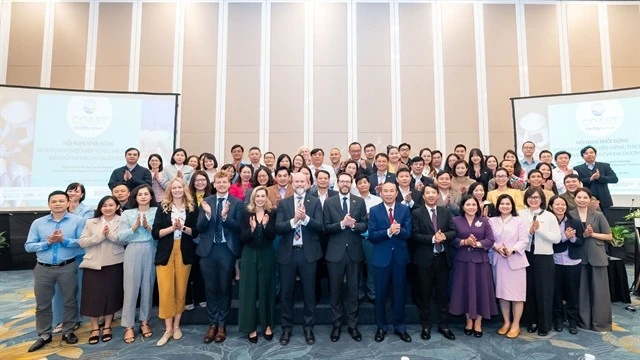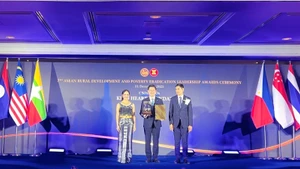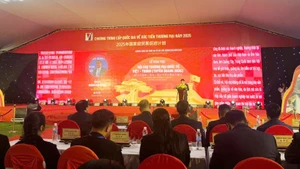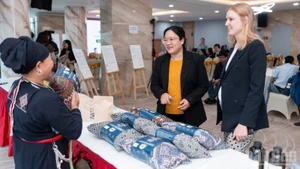On April 9, 2024, Vietnam was elected to the Executive Board of the United Nations Entity for Gender Equality and the Empowerment of Women (UN Women) for the 2025-2027 term.
Gender equality in labour not only brings benefits to individuals but also contributes significantly to sustainable socio-economic development, encouraging fairness and progress.
That is why, over the years, Vietnam has always focused on its commitment to promoting gender equality and empowering women in the field of labour and employment. This has been reflected in the progress in reforming laws and policies. At the same time, the Government has issued many policies to support women in vocational training and job creation to increase access to education for women and girls, thereby improving the quality and competitiveness of female workers.
Although there has been much progress, gender inequality in labour and access to employment in our country still exists, and there are differences between urban and rural areas and socio-economic regions.
According to a report from the General Statistics Office, the number of employed men is always higher than that of women in most positions (wage earners, business owners, self-employed and cooperative members).
Specifically, in the first nine months of 2024, the male labour force participation rate was 74.4%, 11.9% higher than that of women. Particularly for the position of self-employed workers, unpaid or paid, which is the job with the highest level of vulnerability, the number of employed female workers accounts for 63.8%, while the number of male workers is only 36.2%.
In addition, also in the first nine months of 2024, the average monthly income of male workers (8.6 million VND) is 1.34 times higher than the average monthly income of female workers (6.4 million VND). For the wage workers, male workers also have an average income 1.13 times higher than the average income of female workers.
In terms of job recruitment, employers still prioritise choosing men over women because, according to traditional concepts, men are considered to be healthy, able to withstand work pressure, and can do jobs that require higher expertise and skills.
These shortcomings require greater efforts from all levels and sectors to gradually narrow the gender inequality gap in the field of labour and employment.
Women having knowledge, intelligence, income and position in society is a prerequisite for changing gender stereotypes in our country today. Therefore, state management agencies need to continue to improve legal regulations on gender equality and anti-discrimination in general and in the field of labour in particular.
They should conduct additional research and expand the concept of gender equality and, at the same time, actively promulgate highly practical policies to create conditions for girls and women to live, study and work in an equal environment. It is also necessary to encourage women to study and constantly improve their abilities, especially towards improving the status of women in ethnic minority areas.
